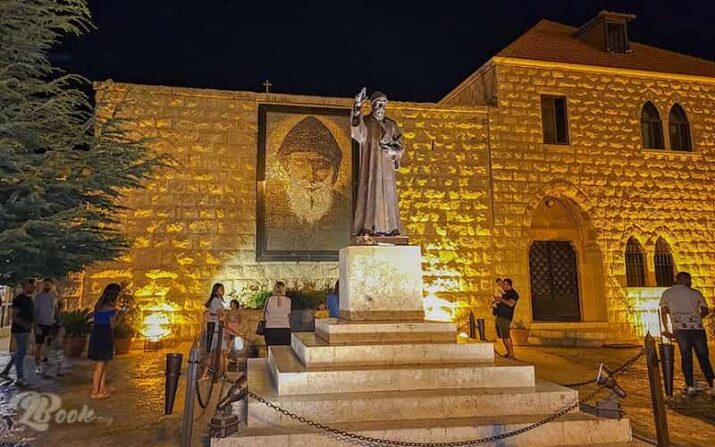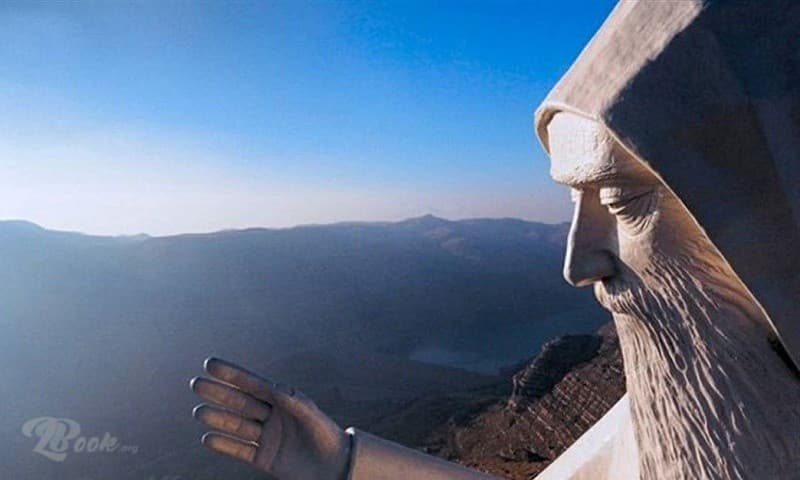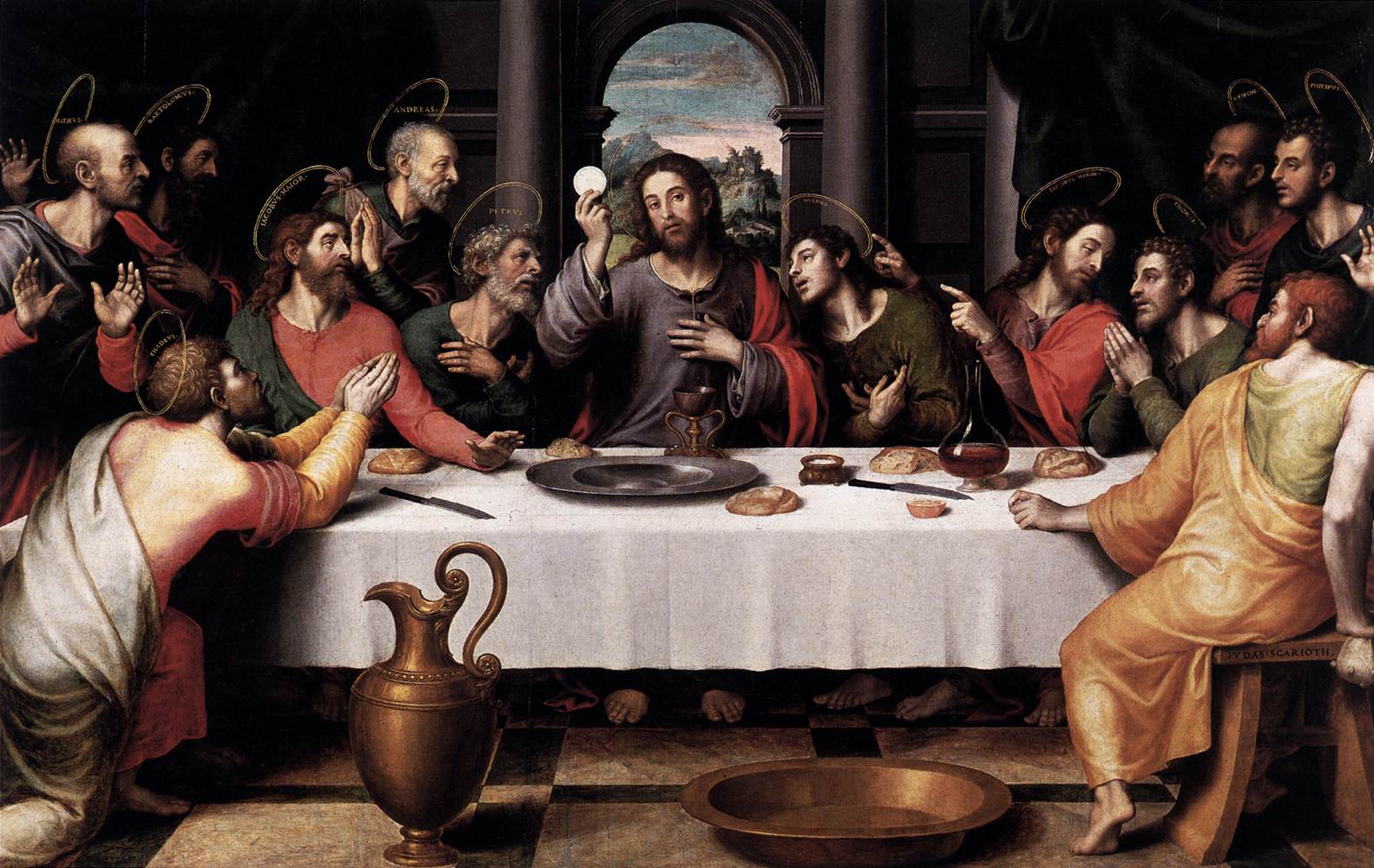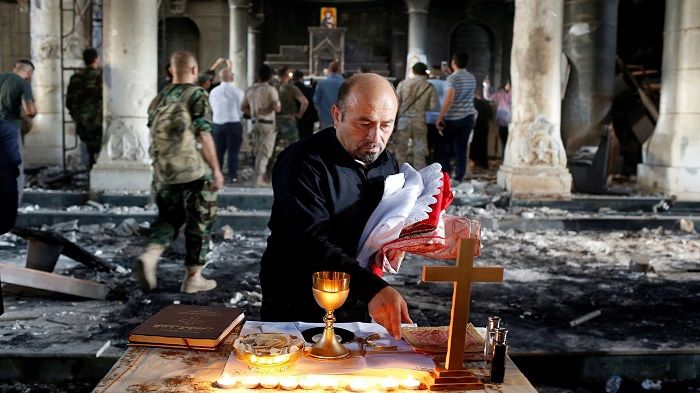Life Story of Saint Charbel the Lebanese Maronite Monk
Life Story of Saint Charbel the Lebanese Maronite Monk
Biography of Saint Charbel
Saint Charbel was born on May 8, 1828, in Bqaa Kafra, in northern Lebanon, in the highest village of Lebanon. His father, Anton Makhlouf, and mother, Brigitte, were known for their piety. At the age of 23, Joseph left his father’s house to pursue monasticism in the Lebanese Maronite Order. He entered the novitiate at the Monastery of Our Lady of Mifouq and then moved to the Monastery of Saint Maron in Annaya, where he completed his second year of novitiate.
The superiors appointed him as a student, and he was sent to the Monastery of Kfifan, where he spent six years studying philosophy and theology, nurtured by holy monks, especially Father Ni’matullah al-Hardini, known as “the Saint of Kfifan.” He was ordained a priest by Bishop Joseph the Sick in Bkirké on July 23, 1859.

Father Sharbel
Resided at the Monastery of Saint Maron in Annaya for 16 years after his ordination, practicing the highest monastic virtues, especially humility and obedience. God performed many miracles through him in the monastery, including the “Miracle of the Lamp,” which was filled with water instead of oil, illuminating his nightly prayers. He asked his superiors, inspired by God, for permission to live in solitude in the hermitage of the Annaya Monastery, which they granted in 1875, where he spent 23 years.
In the hermitage, he unleashed the desires of his generous heart, multiplying his ascetic practices and increasing his passion for contemplation, prayer, and immersion in God, until he became “a man intoxicated with God.” Among his austerities was kneeling on a plate of cane with sharp letters, wearing a hair shirt, sleeping little, praying much, and working in the field according to the rule of the hermits.
His Life, Death, and Canonization
The awareness of his holiness spread, and people began to visit him to receive his blessing and seek healing from their illnesses and for fruitful seasons. God performed many miracles through him during his life. In 1898, during the week before Christmas, the monk began to celebrate the Mass as usual.
When he recited the consecration and raised the chalice and the host, while saying the prayer “O Father of Truth,” he suffered a stroke, yet he continued to hold up the chalice and the host, his fingers stiff upon them. His companion, Father Makarios, managed to take the chalice and the host from his hands and carried him to his room.
He endured severe pain for eight days, without ceasing to celebrate Mass, until he peacefully departed this life on Christmas evening in 1898. Father Sharbel was buried in the monastery’s general cemetery. People saw a light shining over his grave the night of his burial, and this light continued to appear for 45 nights.
Due to the numerous miracles, Patriarch Elias al-Houik permitted the opening of his tomb, and his body was found incorrupt, with blood mixed with water flowing from his side, and his body exuding blood-like sweat. His body was reburied in a new grave in 1926.
In 1950, on April 22
Two medical and ecclesiastical committees examined the body. It was found to be intact, as before, soaked in the flowing blood. The news of this phenomenon spread, and thousands flocked to the monastery. Numerous healing incidents from various incurable diseases occurred around his tomb. News of these miraculous events spread throughout Lebanon and the world, with visitors flocking to the monastery like a surging sea, praying, repenting, and being devout.
In 1965, at the conclusion of the Second Vatican Council, Pope Paul VI elevated him to the honor of veneration on altars and counted him among the beatified. A church named after him was built in Annaya, near his tomb, which is now considered one of the most beautiful churches in the East. Pope Paul VI himself declared Blessed Sharbel a saint on October 9, 1977. May the prayer of Saint Charbel be with us. Amen.
Miracles of Saint Charbel
Before modern pest control methods were invented, locusts were a major agricultural plague in the Middle East. These voracious swarms would come from the south, leaving drought in Lebanon in their wake! They left no grass, leaves, or bark on trees in their path.
Wasn’t this one of the plagues upon Pharaoh during Moses’ time? Our country still remembers, with deep pain, the tragedy of famine exacerbated by these reckless locusts during the wars of 1914-1918, a tragedy that claimed the lives of nearly half a million Lebanese through starvation!
Father Simon the Hermit of Mifouq recounted an incident involving locusts and Saint Charbel:
“In 1885, swarms of locusts, blocking out the sun, invaded the fields of Annaya and surrounding villages. All crops and plants were at risk of being destroyed. Amid this imminent danger, Father Sharbel was ordered to bless water and sprinkle it on the fields. The hermit complied: every field that was sprinkled with the blessed water survived the locusts. The people of Ehmej rushed to Annaya to request blessed water, which they also sprinkled on their fields, and they, too, were spared from damage.
When harvest time came, about a hundred people from the village of Ehmej came to harvest the monastery’s crops for free, in gratitude. From all neighboring villages, farmers flocked to obtain blessed water from Sharbel’s hermitage. This water had the power to drive away rats, mice, and harmful insects from mulberry trees or food stores. A hand raised in blessing over a cup of water releases energies of goodness and miracles; this is the effect of the “chemistry” of holiness. Shouldn’t those who unleash the elements realize the power of God’s Spirit in creation?
Reflections on the Life of Saint Charbel
The path of the saint is far removed from the path of the people. Thus, suspicions swirl around him, and tongues take the liberty to judge him. Some monks of Annaya would sometimes tease Sharbel and test his patience.
“One day,” testified Nakhla Al-Husseini in court, “the monks and workers were lighting a fire in the furnace, and Father Sharbel was working with them. Father Roukoz joked, saying: ‘Let’s agree, when the firewood runs out, we’ll blame it on the monk, Brother Sharbel.’
Immediately, Father Sharbel knelt and replied, ‘God gives me the ability to obey.’ The attendees scolded Father Roukoz, who quickly sought Sharbel’s forgiveness. But Father Sharbel simply replied, ‘God forgives everyone.’ Cheap jokes at the expense of saints often backfire on their perpetrators! Although the weapons of these saints are nothing but love and respect, saints certainly know how to season the conversation with a joke when the moment calls for it.”
One day, a man lost a “tobacco pouch” and began searching for it. Some monks teased him, saying: “Your pouch was taken by that monk, Brother Sharbel.” The man rushed to Father Sharbel and, sharply, demanded, “Give me back my pouch; you stole it. The monks saw you.” After a brief reflection, Father Sharbel replied, “See that rock at the end of the yard? It used to be here, and no one stole it!” This meant that someone with a smoking habit could, without anyone else, steal a “tobacco pouch.”

Father Ibrahim Al-Hasrouni
“During my two years with Father Sharbel,” said Father Ibrahim Al-Hasrouni, “I never saw him angry nor detected any complaint from him, regardless of what came to him from God or from people; he accepted everything with patience and tranquility.” He was afflicted with colic, perhaps kidney pain, which would frequently torment him. He did not use any treatment, but bore his pain with remarkable patience, striving to hide his suffering from those around him.
Once, while I was working in the vineyard, Father Sharbel was working with me. Around noon, I sensed a slight discomfort from him, so I asked Father Makarios about it, and he said, “He’s having a colic attack.” I felt sympathy and urged him to rest, but he refused to leave us, staying with us for the rest of the day, working diligently as if he were perfectly healthy. When we began to eat lunch, I said to Father Makarios, “Call Father Sharbel to eat with us; it’s unfair.”
“He prefers to eat alone.”
In the evening, we released the cows to graze. I went to where the water pitcher was to drink. I saw Father Sharbel eating the leftover ribs from our meal, which were as thick as pencils. My eyes filled with tears at this sight, and I reproached Father Makarios, saying, “It’s a shame to let him eat the leftover ribs. It’s heart-wrenching!”
“That’s his habit; he loves to eat happily. Let him manage.”
I once saw him carrying a heavy load of firewood from the forest to the vineyard, climbing with it up to the hermitage. I was struck with compassion and said, “How patient this elder is; how strange this priest is, so gentle and resilient!”
“How eloquent is the word of Proverbs: ‘He who is slow to anger is better than the mighty, and he who rules his own spirit than he who takes a city’ (16:32)!”
Prayer
O God, glorified in Your saints with endless glory, You who captivated the heart of Father Sharbel to embrace the ascetic life and granted him the grace and ability to renounce the world through monastic virtues, chastity, obedience, and poverty: we ask You to grant us the grace to love and serve You as he loved and served You. O mighty God, who made known the power of Saint Charbel’s intercession through various miracles and graces, grant us, through his intercession, the grace we seek, so we may thank and glorify You forever. Amen.
Conclusion
Saint Charbel is considered a symbol of holiness and dedication to spiritual life, with his fragrant story serving as a testament to the power of faith and devotion to God. From a young age, he had a passion for the ascetic life, which led him to leave the world and join the Lebanese Maronite Order. His humility and loyalty to God were manifested through his austere spiritual practices, profoundly impacting the lives of many believers.
The miracles performed by God through Saint Charbel during his life and after his passing highlight the strength of faith and the ability to heal. He has become a destination for many believers seeking spiritual and physical healing, as they travel to his monastery in Annaya to seek his intercession. His spiritual legacy remains alive in the hearts of people, continuing to inspire new generations to live in piety and devotion.
The life of Saint Charbel serves as a call for all of us to reflect on how we live our lives, as each one of us can benefit from his teachings on humility, love, and compassion. The prayer of Saint Charbel reflects the strength of faith and continues to bestow graces upon many who seek his intercession. Reviving his memory through prayer and contemplation strengthens the spiritual bonds among believers and encourages them to emulate his blessed life.
Related Topics
- The Names of Wicked Angels as are Listed in the Bible
- Holy Fire Miracle in the Church of the Holy Sepulcher
- Who Is St. Valentine & What Is the Truth of Valentine’s Day
- Purify Your Hearts from Sin and Lift Them Up to God
Jesus on the Cross Loved Me and Sacrificed Himself for Me





